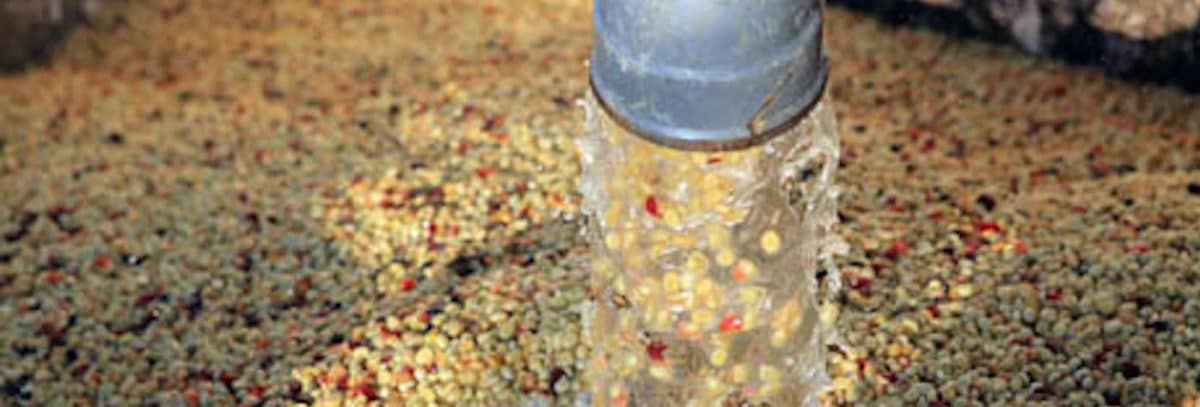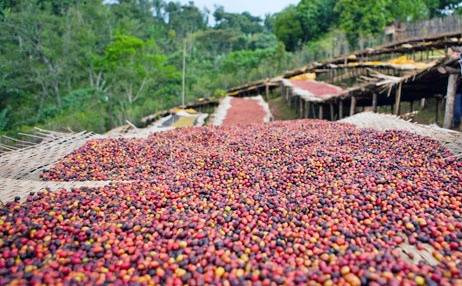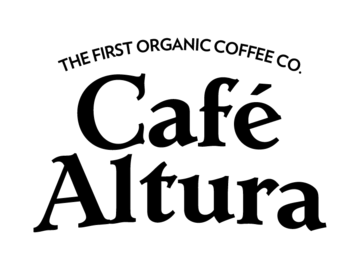
Coffee Processing Techniques
We’ve talked a good amount on this blog about green coffee varieties, from how they moved across the world to how different species of coffee can produce varied flavor profiles. Of equal and perhaps even greater importance to flavor than variety, however, is what happens to the coffee after it is picked, or how it is processed.
On this edition of the blog we’re going to discuss the coffee world’s major processing methods, the ways in which these methods differ from one another, and the way processing exercises influence on the flavors you taste in your cup.
Washed Process
The most common means of processing coffee throughout the world is known washed or wet processing. Washing coffee begins by running freshly picked coffee cherries through a pulper, a machine which removes the skin of the fruit and exposes the coffee seeds (called parchment at this stage) underneath.
After pulping, the coffee is fermented for anywhere from 12-24 hours to loosen the mucilage (the fruity flesh of the coffee cherry) from the parchment. Fermentation is followed by floating the coffee in channels to remove defective beans; low density coffee, which tends to be lower in quality, rises to the top of the channels where it can be collected and disposed of, while higher quality, high density coffee remains at the bottom of the channel.
The coffee is then washed by repeatedly moving it back and forth in the water channels, with the goal being to remove the mucilage loosened by fermentation. The washed parchment coffee is then collected in bags and then dried on patios, raised beds, or mechanical dryers depending on regional practice, volume of coffee being processed, and the level of quality desired (raised beds and patios tend to produce coffees of superior quality, but dry the coffee slowly, while mechanical driers are faster but often produce a lower quality product). The dry husk surrounding the coffee is then removed, and the coffee is bagged and prepared for export.
Washing coffee is a prevalent processing method because it tends to produce coffees which are very clean and free of off-flavors, which is a result of the use of water to clean the coffee seeds. This in turn allows farmers to get the highest possible price for their crop, as the coffee market tends to favor clean and flavorful washed coffees over other processing methods.
Major downsides include the cost of inputs (the machinery to pulp, ferment, wash, and dry the coffee can be very expensive) and the high resource cost (washing coffee uses a lot of water, which can be in short supply in the coffee lands). Coffees produced using the washed method tend to have great flavor clarity and express a wide array of flavor profiles because of this; optimally, washing coffee yields the truest expression of that coffee’s inherent flavor characteristics.
Natural Process
The oldest means of coffee processing known to man, natural or dry processed coffee evolved alongside the coffee plant itself in its birthplace of Ethiopia. A stark contrast to washing coffee, naturally processing coffee does not use any water; after removal from the tree, cherries are laid out to dry in the sun, usually on raised screens. Once the coffee is dry, it is removed from the fruit, bagged, and prepared for export.

Natural processed coffee is a simple method which requires little machinery, and its lack of water means that it is popular in countries like Brazil which have a dry climate and constrained water resources. Though the dry method finds its roots in tradition, it allows for unique flavor characteristics which are not possible in washed coffees. Indeed, because of their time spent drying inside the coffee cherry, naturally processed coffees tend to exhibit intense fruit-forward character and intense acidity.
This potential for unique flavor characteristics is not always actualized, however; though the setup cost for producing coffee naturally is low, the labor costs are very high, and the coffee is very susceptible to quality loss. If the coffee is not constantly turned while it is drying, it will ferment and produce off flavors. The same goes for sorting the cherries after drying; since there is no water float as in washed coffee, meticulous hand sorting is needed to ensure coffee quality.
Because of these processing challenges, naturally processed coffee is not nearly as popular as washed coffee. However, it remains a staple of the coffee world because of its ability to fuse the inherent flavors of the coffee bean with the flavors of the processing method itself, which creates something entirely unique and prized.
Honey Process
Honey processed coffee, also known as pulped natural coffee, is a relatively recent innovation, first appearing in Costa Rica around 2008. After a large earthquake rocked the country and left water scarce, coffee farmers had to figure out a means of processing coffee which used less water than washed coffee, but also could make use of existing equipment and infrastructure. Their solution was honey processed coffee, which is a hybrid between washed and naturally processed coffees.
Like a washed coffee, honey processed coffee is pulped, but like a natural coffee, no water is added, and the coffee is dried with the skin removed, but some of the mucilage remaining. This unique method allows coffee producers to access some of the flavor benefits of natural processing, namely big fruit flavors and acidity, while also making use of the greater flavor clarity provided by washed processing. Vary levels of mucilage removal leads to different levels of honey processing, which range from black honey (a lot of mucilage left on the beans) to white honey (very little mucilage left on the bean).

As a hybrid process, honey processing faces some of the difficulties of both washed processing coffee (higher equipment costs) and naturally processed coffee (need for meticulous drying practices), but overall represents an exciting new chapter in the coffee industry with lots of potential for tasty coffee.
Wet-Hulled Process
The standard coffee processing method in Indonesia, wet hulling starts off like washed processing; First coffee is pulped, then fermented. After fermentation, however, the processes diverge; instead of being floated and washed, the coffee is stripped of all its protective coating and then dried. This unique process results in coffees with flavor profiles as challenging as they are compelling; flavors can range from earthy characteristics of peat and tobacco all the way to more savory notes of cedar or herbs.
Such unique flavor properties make high quality wet-hulled coffees very desirable, but like natural and honey processing, the lack of washing and float sorting means that close attention must be paid in cherry separation and drying in order to maintain quality.
Coffee processing is an under-discussed, but crucially important factor in the flavors which end up in your cup. This article has detailed a few of the major methods of processing coffee, and hopefully shed some light on why your morning cup tastes the way it does. We offer a wide variety of coffee processed in these different methods over the course of the year, so be sure to keep an eye out and sample some new processes.

Article By : Bret Colman, Director of Coffee / Head Roaster, Cafe Altura Organic Coffee
